
Ever since I was a kid I wanted to learn how to draw, but alas I never made it past the stickman. More precisely I wanted to learn how to draw wildlife. I guess it’s a gift you either have or you don’t. Don’t get me wrong, I don’t in any way mean to belittle the importance of hard work but I do think that a certain amount of that “magical powder” as an ingredient is absolutely essential. My brother on the other hand has the gift. I could watch for hours as he made drawings just from his mind. It was marvellous. I was never jealous of him, in fact I admired him greatly. Anyway, I am starting to ramble. I do that sometimes. It must be a gift.
Whenever I am in London I never forget to make a visit to a number of antiquarian and secondhand bookshops downtown. On one such visit I walked inside Sotheran’s rare books & prints, the longest established antiquarian bookseller in the world, founded in 1761. They were selling John Gould’s prints in a room downstairs and of all the works hanging on the wall I immediately noticed one detailed watercolour which was very different from the rest. It depicted a Common Loon ( Gavia immer) sitting on eggs on a seemingly crude nest.
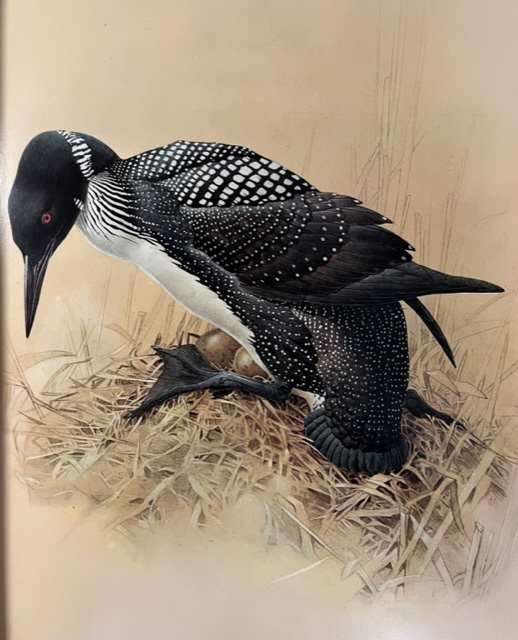
This was a different artist. It caught my full attention and entranced me. Gould’s drawings were marvellous ( and so was the price of each one), no question about it, but this single piece by a then to me unknown artist was something else. It was much deeper, more alive than the rest. It seemed to draw you in and I could easily imagine standing beside him, staring as he did at the bird, watching it curve its neck downwards. In an instant I was there on the shore watching the loon among the cattails, its eerie call echoing across the clear lake of the northern wilderness. Later the owner of the bookstore told me that they in fact have one of his books and promptly went to fetch it for me. The title read “Birds of the Northern Forest”, paintings by J.F. Lansdowne and text by John A. Livingston, and on the dust jacket was a drawing of three Pine Grosbeaks (Pinicola enucleator) standing on a cone-bearing tree. As I flipped through the pages I was once again amazed by the quality and lifelikeness of the birds presented. There were waterbirds and raptors, owls and woodpeckers, thrushes, grosbeaks and crossbills, and of course those charming and indispensable new world warblers.
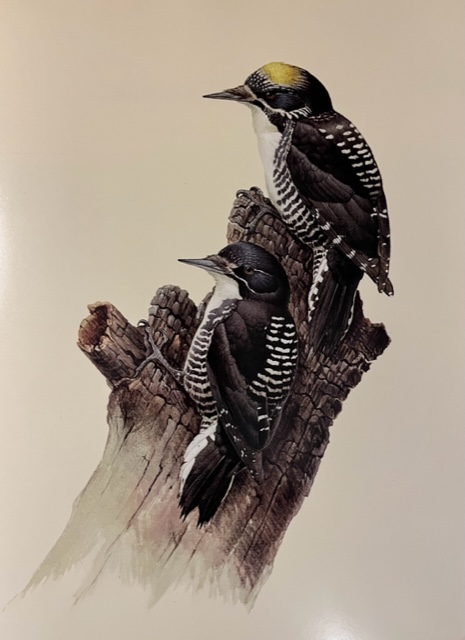
IMPORTANT NOTE: The above species of woodpecker is today known as the American three-toed Woodpecker (Picoides dorsalis) but I have kept the original name in order to stay true to the book. Until recently, it was considered to be the same species as the Eurasian three-toed Woodpecker (P. tridactylus).
Born in 1937 in Hong Kong of British missionary parents, James Fenwick Lansdowne arrived in Canada in 1940 and was educated in Victoria, British Columbia. As a boy he was struck by polio which scarred him for life. Since then he walked with crutches and only could paint with his left hand. He became interested in birds at a very young age, and studied birds for one year at the Provincial Museum in Victoria. A self-taught Canadian wildlife artist, he has been fascinated by birds from childhood – their physical charm, their voices, their intriguing habits. He died on July 27, 2008.
Lansdowne was at the time one of the foremost bird painters in the world. His creative process involved both observation from life and from preserved specimens. His work has been exhibited at major galleries and museums.
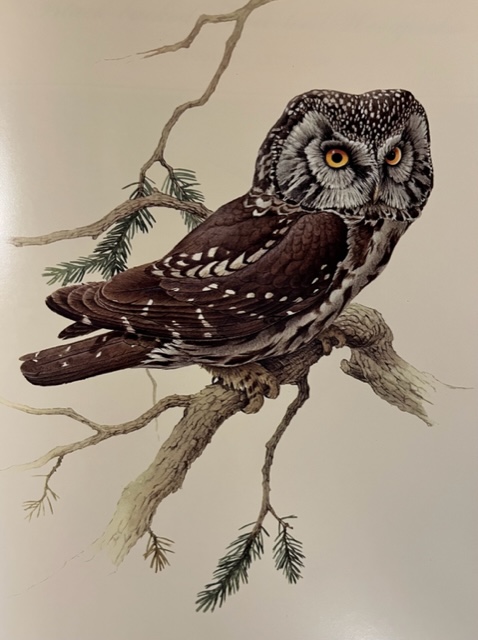
Birds of the Northern Forest is an introduction to some of the birds that live in the great North American evergreen forests. Published in 1966, it is a collection of brief profiles and magnificent portraits of 56 of the region’s most characteristic birds.
Each plate is preceded by a written page or text which in turn is preceded by drawings that were reproduced from the artist’s preliminary sketches.
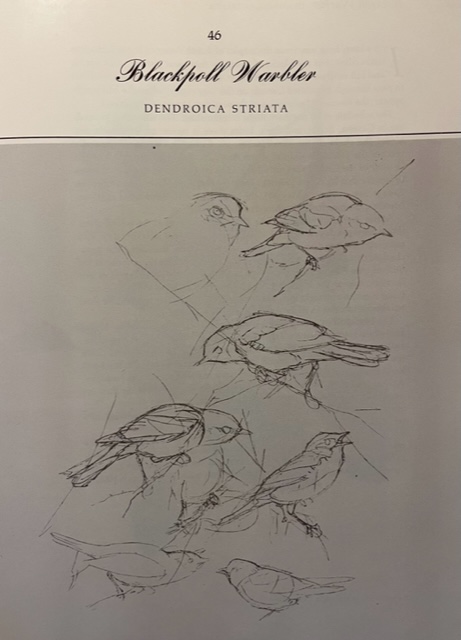
The written part is by no means a detailed account of the species but rather a collection of a few interesting and noteworthy points about each bird or group of birds. I think that the quote praise from Roger Tory Peterson in the form of a blurb found on the inside of the dust jacket will best describe this book: “ Surely the birds of the north country have never been more beautifully portrayed. I marvel at the deft touch, the technical control, and the attractive design that Fenwick Lansdowne has achieved in every composition. John Livingston’s fresh and informative text makes the perfect complement to Lansdowne’s drawings.” As for myself, I have yet to see a wildlife artist who can bring his subjects to life as Lansdowne could. To know birds is to value them; to value birds is to be devoted to their welfare. This book was written to serve not only its readers but also the wonderful and entrancing creatures who inspired it.
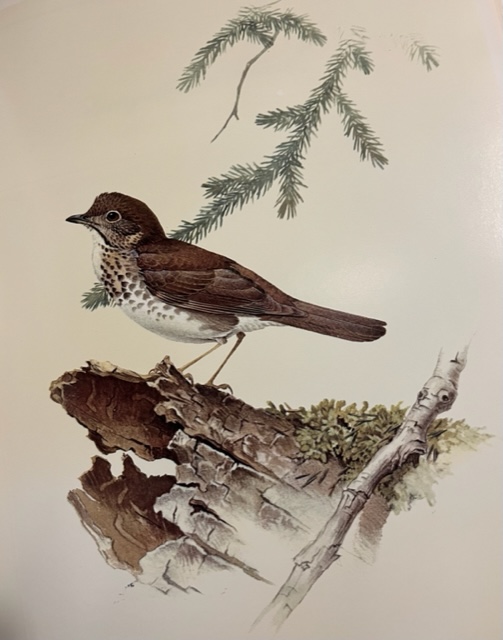
His other publications, which I will most certainly review in the time to come, include Birds of the Eastern Forest, Volumes I and II (1968 and 1970 respectively); Birds of the West Coast, Volumes I and II (1976 and 1982 respectively); Rails of the World (1977) and Guide to the Behaviour of Common Birds (1980).
To accompany this review I have added two of my photos of my favourite bird family, the New world warblers.
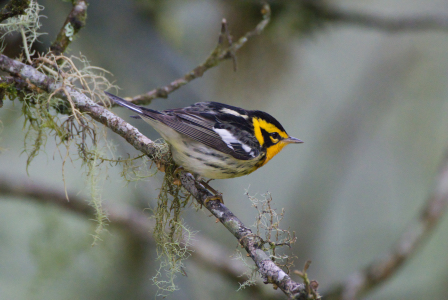
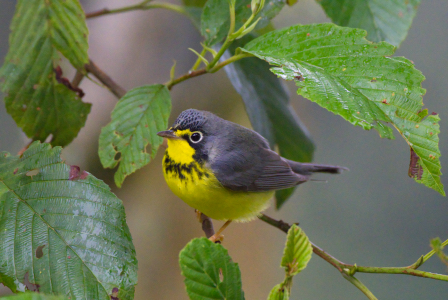













Leave a Comment